In my 2019 book How the World Ends: Understanding the Growing Chaos, I outlined three core crises found at the root of almost every chaotic struggle unfolding around the world today. These three crises were food, water, and population. I outlined how these crises would grow worse, and we would soon witness compounding effects in the form of pandemics, resource wars, more political instability, and a host of other things. A convergence of crises was taking shape and would drastically impact the world as we know it in the next half-century.
Three months after the publication of that book came the global pandemic and the first major surge in predicted chaos. During the pandemic, world hunger rose by 18%. In two years, global hunger increased by 100 million.
Many prefer to view the pandemic’s effect on the global food supply as an anomaly, a temporary interruption from which we will recover. Such perspectives do not account for the convergence of crises reality unfolding before our eyes. While we can hope the pandemic is a once-in-a-generation crisis, the facts continue to demonstrate far more is taking shape than many of our leaders and policymakers care to discuss.
New Realities Beyond the Pandemic
Wheat prices have increased by 69%, corn by 36%, and barley by 82% in the last year. Much of that price increase came about by the pandemic and lockdown’s strains on the global supply chain, but new realities have increased that strain and accelerated the food crisis.
For example, wheat and corn prices rose more than 20% in 2021. In the first quarter of 2022, even as much of the world withdrew from lockdowns and moved to a post-pandemic reality, prices rose another 37% and 21%, respectively.

Massive flooding in China devastated the wheat crop for the world’s largest nation leading to more wheat imports into China even as the rest of the globe was scrambling for their own supplies during the pandemic. That shift in the global supply drastically altered the global balance of wheat supplies. India has witnessed a tripling in demand for its wheat exports in the last year alone.
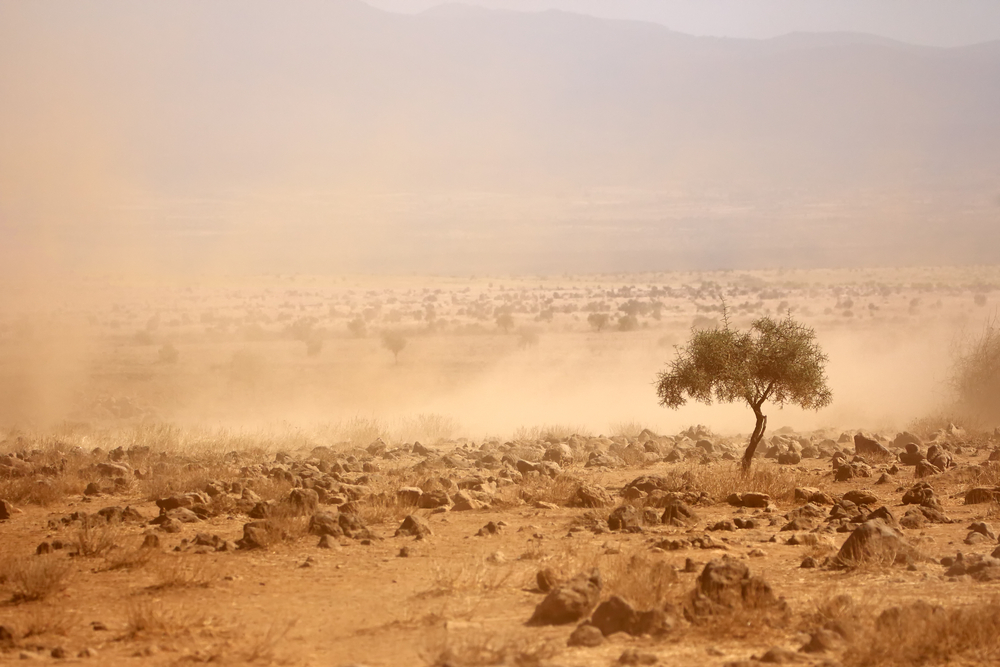
In East Africa, locust infestations, Ethiopia’s civil war, flooding in South Sudan, ongoing political crises in Somalia, and the ethnic conflict in Sudan destroyed harvests and collapsed food economies.
Today US grocery prices are up 8.6%, the highest increase in the last forty years, and there is little end in sight for the tip of this inflationary surge. America has the domestic supplies to adjust for these price increases so that most consumers will only feel the current stage of crisis as a level of interruption to their life. That is not the case for nations of the world’s more strained economies.
Countries already facing severe hunger emergencies or famine at the beginning of 2022 included Yemen, Syria, South Sudan, Ethiopia, Afghanistan, Madagascar, and the Democratic Republic of the Congo.
The War
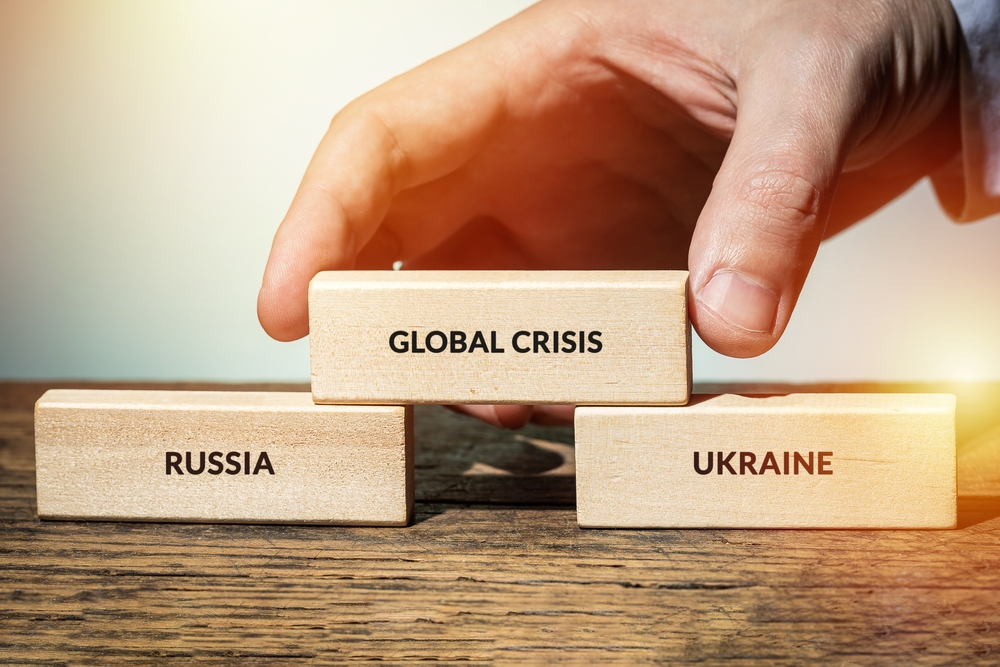
Then came the Russian invasion of Ukraine. While much of the western world frets over the potential for World War III, this war is a devastating crisis to food supplies and economies in other parts of the globe.
“Ukraine has only compounded a catastrophe on top of a catastrophe. There is no precedent even close to this since World War II.”
David M. Beasley, World Food Program Director
Russia is the world’s largest exporter of wheat. Ukraine ranks fifth. Combined, the two warring nations account for 19% of the world’s barley supply, 14% of the world’s wheat, 4% of corn, and 52% of the world’s sunflower oil. According to The Economist, Russia and Ukraine export 12% of the calories traded worldwide. In places like Lebanon, they account for 34%. In Egypt, that number rises to 50%.
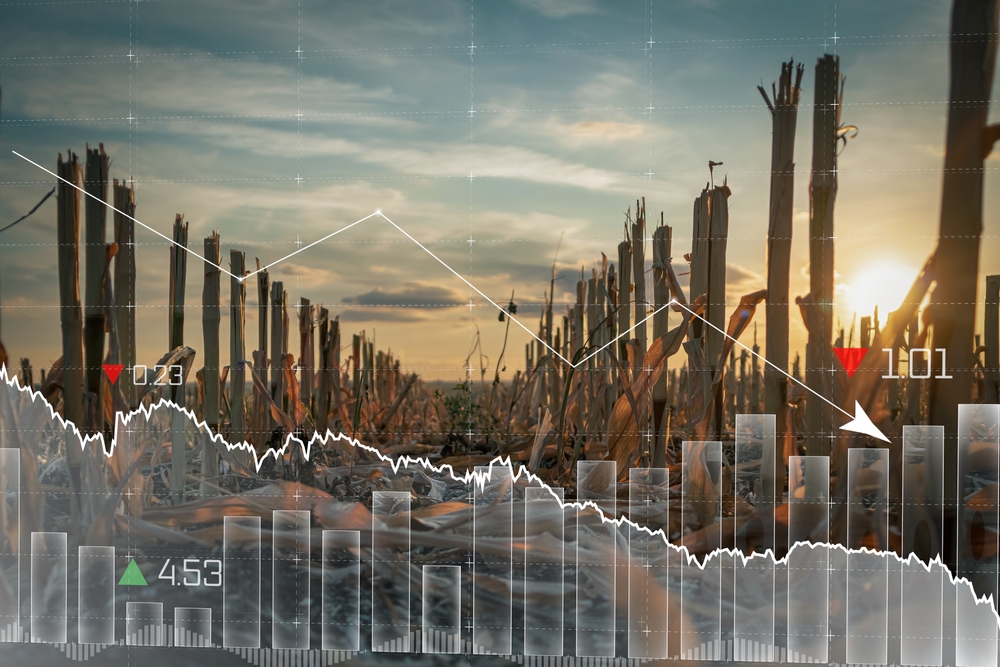
Half of the least developed countries in Africa, Asia, and the Middle East obtain 30% of their wheat from the two countries. In countries with larger populations like Bangladesh, Egypt, Iran, and Turkey, that number rises to 60%. Countries like Armenia, Mongolia, Kazakhstan, and Eritrea import nearly all their wheat from Russia and Ukraine.
Ukrainian farmers are now soldiers, fighting on the frontlines of an unnecessary war and missing planting and harvest seasons. Much of the harvests that have been secured in Ukraine are stuck there because of the Russian embargo on the Black Sea and a lack of rail cars in Ukraine.
Not only have global food supplies been devastated by the war, but the means to adapt to these changes in supply have also been heavily impacted.
Russia provides 15% of the world’s fertilizer supply. From Brazil to Texas, farmers are making significant adjustments to their planned harvests due to the restricted access to these fertilizers. Add to this reduction in fertilizer supplies; many industry-standard fertilizers are made using natural gas. The price of natural gas in some European countries has multiplied five times due to the war in Ukraine. Globally, the cost of fertilizer has tripled as of March 2022. As farmers cut back on fertilizer due to price increases, harvests are reduced, and a new ripple in the global food crisis emerges.
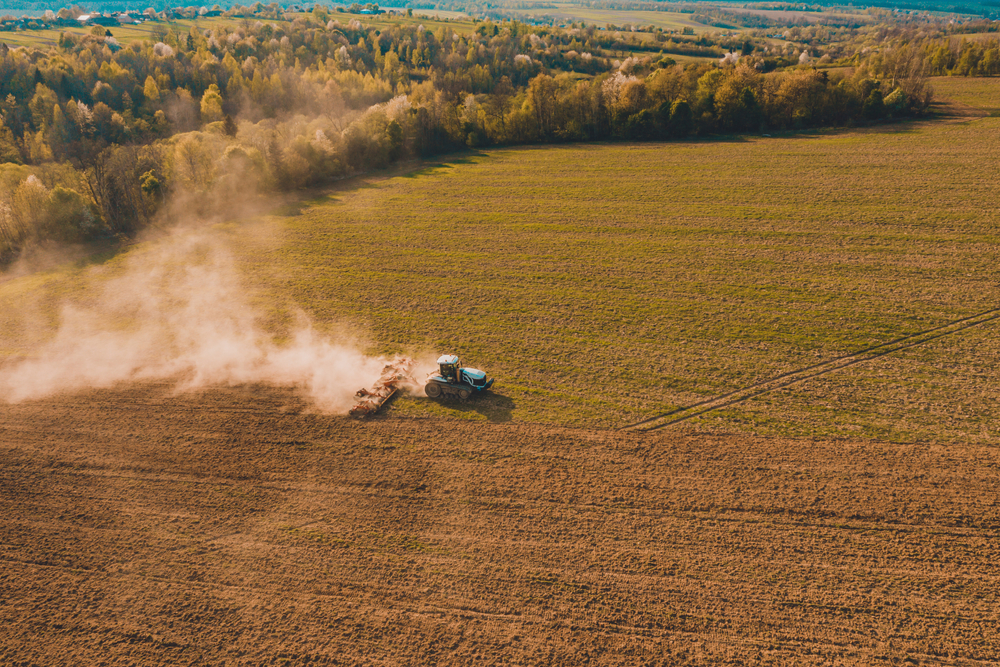
Meanwhile, the price of meat is rising. Even if some consumers can replace lower wheat supplies with meat, producers still rely on wheat to feed the beef industry. Some 160 million tons of wheat used as animal feed every year could be diverted for human consumption, but substitution could export food price inflation to other staple foods. Meat prices will rise based upon higher demand and lower supply due to these shifts in the food supply.
And, of course, let’s not forget the Shanghai lockdowns and a new level of supply chain shortages heading our way. For the last month, 25 million residents of Shanghai, China’s financial hub, have sat under lockdown as the Chinese government enforced a ridiculous zero covid policy. In Shanghai’s ports, among the busiest in the world, shipping is at a standstill as the Chinese government awaits the end of the lockdowns. One in five of the world’s shipping containers is currently stuck in backlogged and congested ports. Thirty percent of these are in China. Since March, the Shanghai lockdowns have doubled the number of ships simply sitting at port.
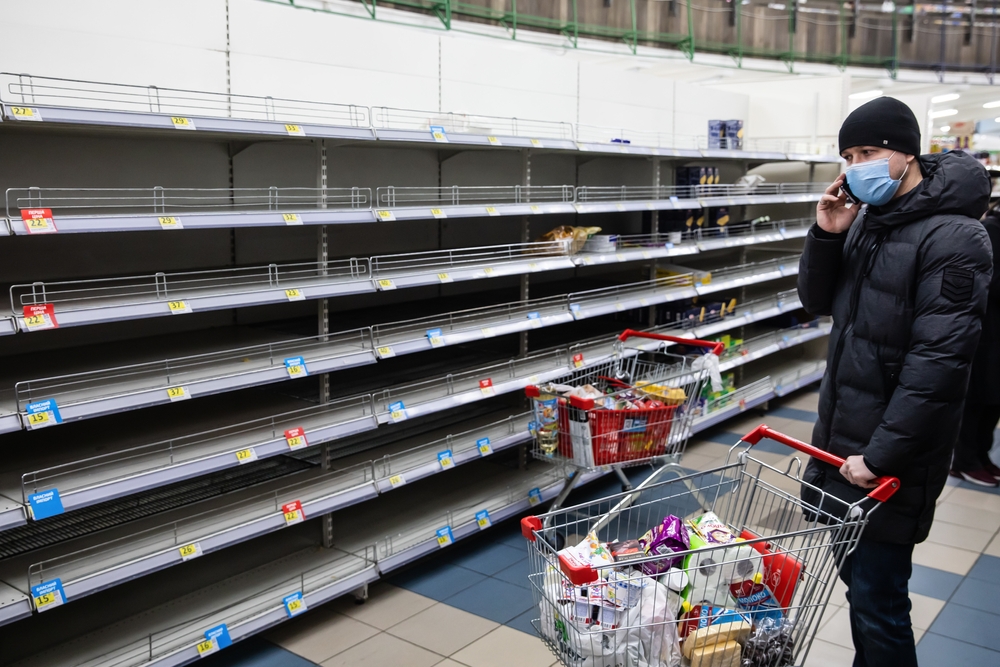
The supply chain crisis means further shortages, further inflation, and an acceleration in the atmosphere of chaos worldwide
What Is Still Ahead
Most consumers will not recognize the reality of the global food crisis except for its relation to their bottom dollar. While the Russian economy appears to have adapted to the sanctions imposed at the start of the war, food prices in poorer countries that depend on Russian exports have surged.
Companies like Kelloggs and General Mills have been among the first, but certainly not the last, to raise their prices on consumer goods to account for the impact on global food supply prices and supplies.
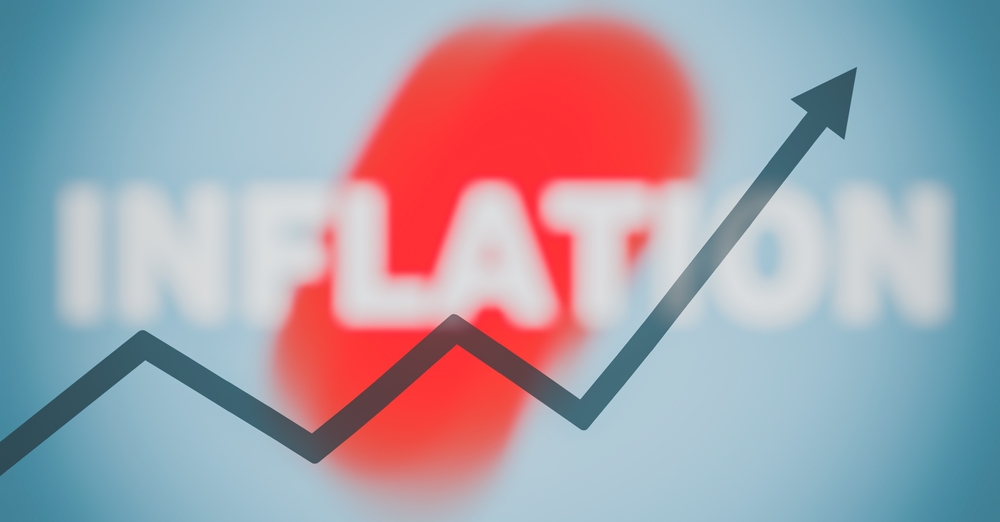
Even before war Ukraine War started, the United Nations Food and Agriculture Organization food price index reached its all-time high. The number of people worldwide deemed food insecure was at 800 million, the highest in a decade.
In Egypt, where 73% of the population utilized bread subsidies to pay for their food in 2019, the price of wheat has risen 30% since January 1. In Lebanon, where the economy is on the verge of collapse, the government has appealed to the United States for $20 million in aid to buy grain on the world market. These patterns are repeated throughout the developing world. As inflation rises, the cost of servicing excessive debt in the developing world also rises, leaving the governments in these regions with their hands tied and unable to provide much-needed assistance to their hungry populations.
In the US, on average, less than 10% of household income goes toward food. But according to a report from the World Economic Forum in 2015, from Guatemala to Nigeria and the Philippines to Kazakhstan, 40-60% of household income in the developing world goes to buy food and meals.
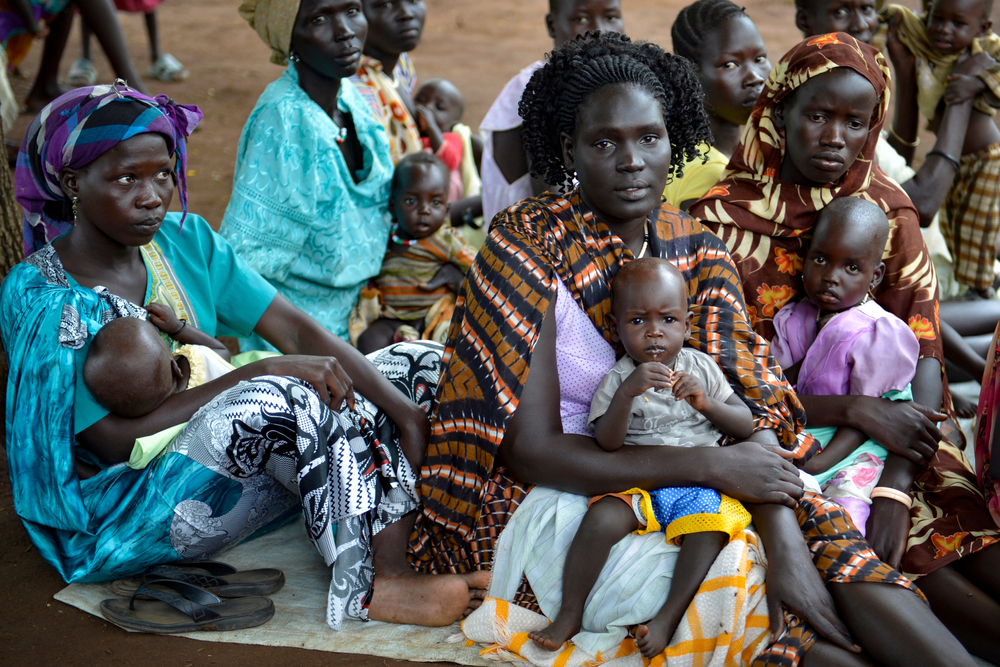
These nations are on the frontlines of our global food crisis and face the greatest risk for what lies ahead. Nothing drives political instability, geopolitical uprisings, and extremist groups like the cost of bread. The average citizen can tolerate a variety of political ideologies and even corruption, but throughout history, revolutions, coups, and civil wars spring up when people cannot feed their children.
And as we have seen in Ukraine, new wars and political crises will only further amplify the crisis to new heights.


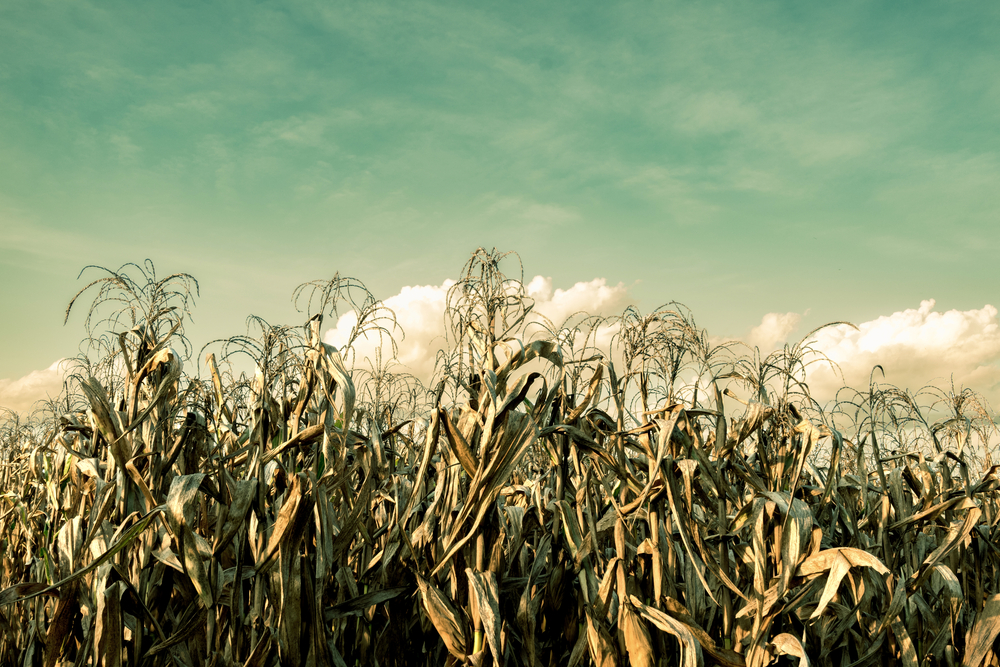



[…] The Worst Global Food Crisis Since World War II […]
[…] past years I wrote of a cascade of crises leading to food supply chaos in various parts of the world or individual nation-state collapse. Those cascades of crisis have […]
Comments are closed.